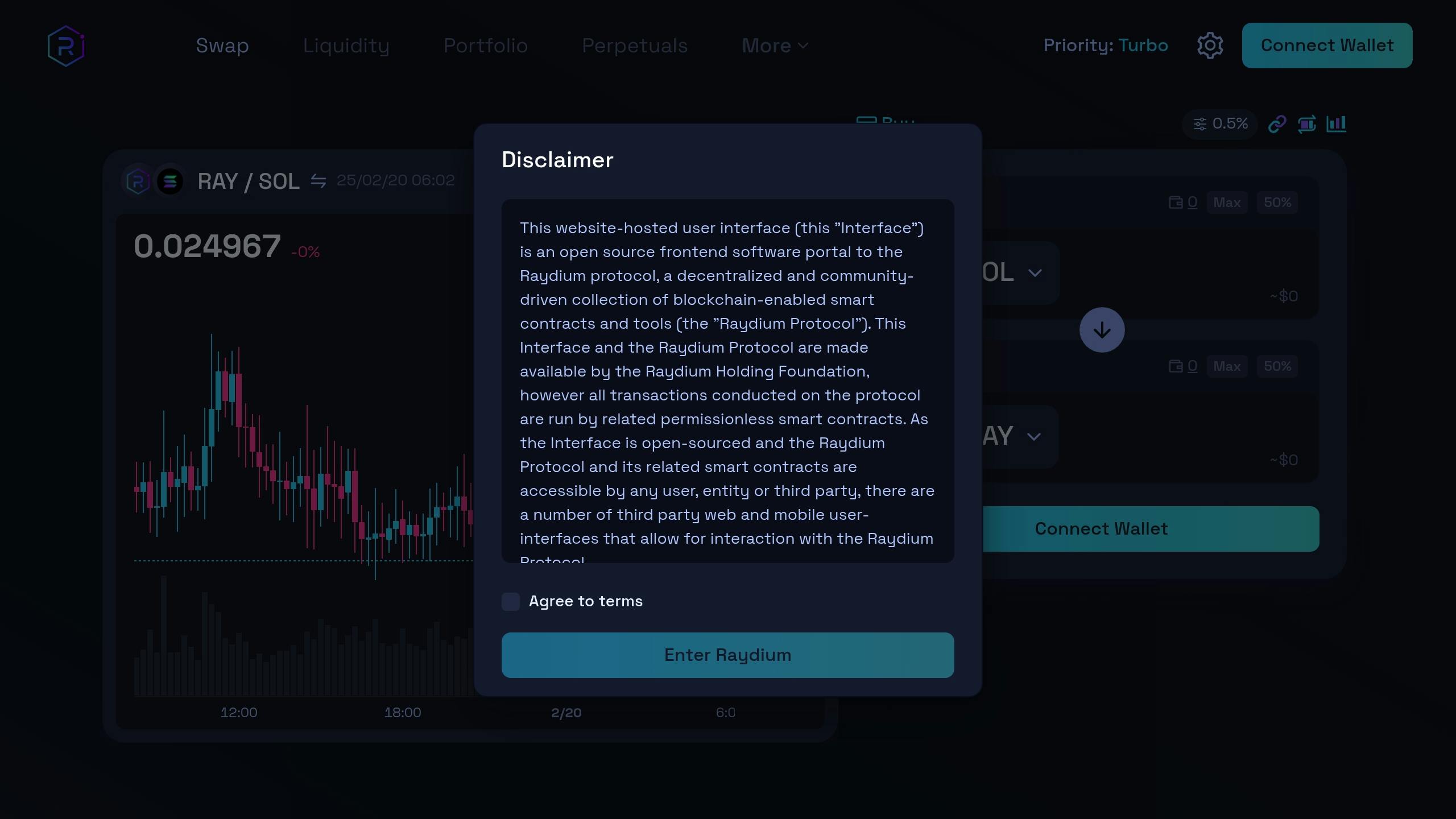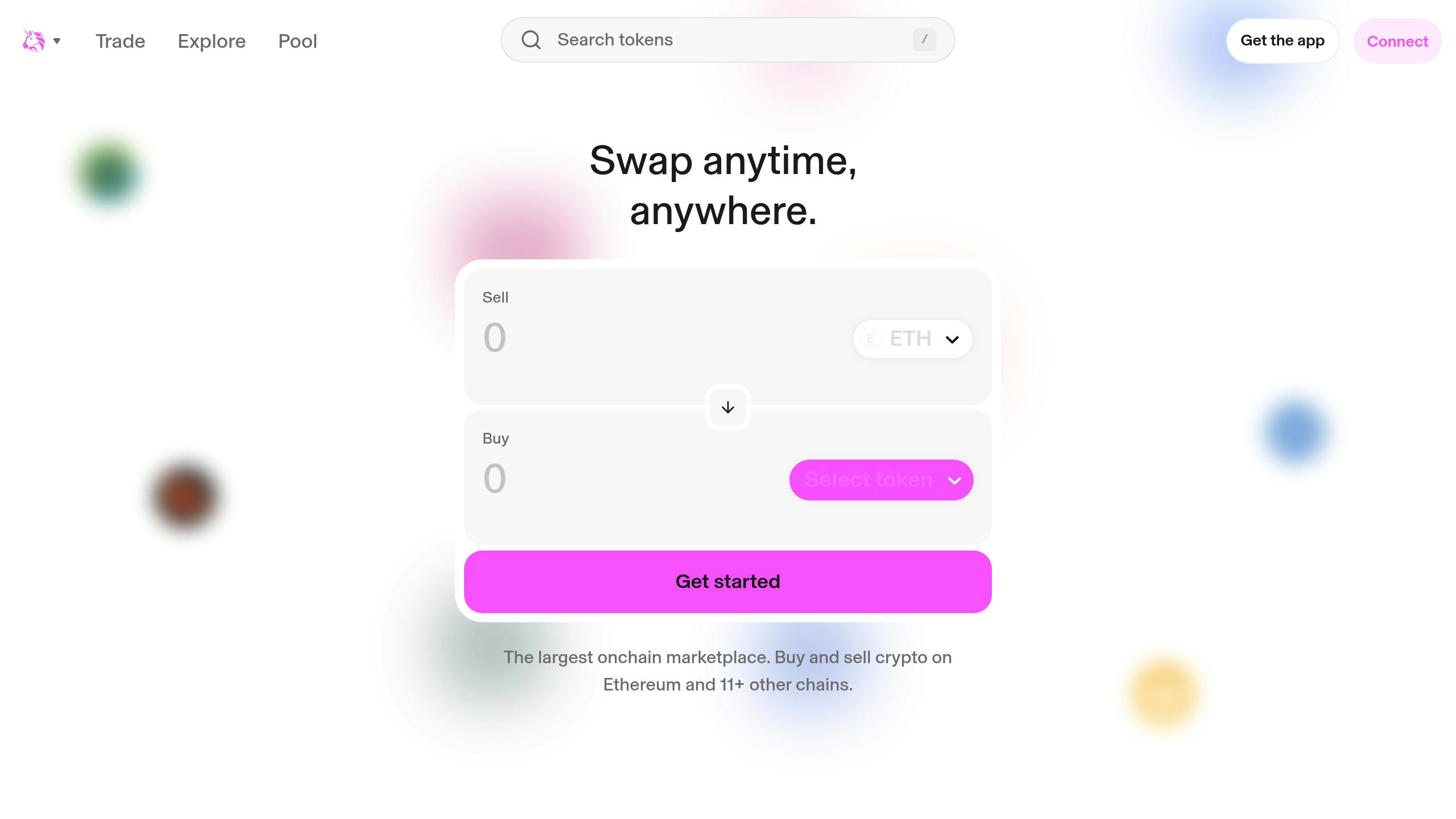Pi Network is a mobile-first cryptocurrency platform that allows you to mine cryptocurrency directly from your smartphone with minimal energy consumption. Created in 2019 by Stanford graduates, it uses the Stellar Consensus Protocol (SCP) for transaction validation, eliminating the need for costly hardware or technical expertise.
Key Points:
- What It Does: Lets users mine cryptocurrency via a smartphone app.
- How It Works: Users check in daily, form trust circles, and earn Pi coins.
- Energy Use: Minimal compared to Bitcoin and Ethereum.
- Current Status: Over 60 million users as of February 2025; Open Network phase launched on February 20, 2025.
- Challenges: Scalability, delays, and concerns about its revenue model.
Quick Comparison:
| Feature | Pi Network | Bitcoin | Ethereum |
|---|---|---|---|
| Mining Method | Mobile-based SCP | Proof-of-Work | Proof-of-Work (PoS transition) |
| Hardware | Smartphone | Specialized rigs | Specialized rigs |
| Energy Use | Low | High | High |
| User Barrier | Low | High | High |
Pi Network focuses on accessibility, energy efficiency, and community-driven security, but its success depends on overcoming development challenges and gaining trust in the cryptocurrency market.
What Is Pi Network and How Does It Work

Pi Network System Design
Pi Network is built with a mobile-first approach, emphasizing accessibility and energy efficiency while ensuring strong security. It uses the Stellar Consensus Protocol (SCP) to safeguard its operations, setting it apart from traditional blockchain systems.
Mobile Mining Process
Pi’s mining process is designed to be straightforward and low-energy for smartphone users:
- Daily Check-in: Users tap the mining button in the app once every 24 hours to activate mining.
- Trust Circle Formation: Users create security circles with verified contacts to strengthen the network.
- Mining Rate Adjustments: The system modifies mining rates based on the network’s growth.
Network Participant Roles
Pi Network’s ecosystem relies on four key participant roles, each contributing to the network’s functionality:
| Role | Primary Function | Contribution to Network |
|---|---|---|
| Pioneers | Perform daily check-ins | Keep the user base active |
| Contributors | Build and manage trust circles | Improve network security |
| Ambassadors | Invite and verify new members | Support network expansion |
| Nodes | Operate validation software | Handle transaction processing |
These roles are essential for maintaining the network’s structure and fostering its growth. By November 2024, the network had expanded to over 60 million Pioneers, with 12 million users completing KYC verification.
Security Framework
The Stellar Consensus Protocol underpins Pi Network’s security. Unlike energy-intensive proof-of-work systems, SCP relies on trust circles and peer networks for transaction validation.
Here’s how the security system operates:
- Trust Circle Validation: Transactions are verified by multiple trusted nodes within established circles.
- Consensus Mechanism: Decisions are made through agreement among trusted participants.
- Energy Efficiency: The protocol eliminates the need for heavy computational tasks.
This method ensures the network remains secure without the high energy demands typical of traditional cryptocurrency mining. By leveraging trust relationships within the community, Pi Network provides a reliable and energy-conscious validation process, supporting its long-term operations while maintaining system integrity.
Key Features
Pi Network stands out with features designed to make cryptocurrency mining more accessible and energy-efficient.
Mobile-First Design
Pi Network allows users to mine cryptocurrency directly from their smartphones. Using the Stellar Consensus Protocol (SCP), the platform enables mining with a simple daily check-in on the app. This process runs in the background and barely affects the phone’s performance.
This user-friendly approach helps build a strong community where every participant contributes to the network’s security and growth.
Community Structure
Pi Network’s community is organized into tiers, encouraging active involvement. Participants are rewarded based on their efforts in daily engagement, verification, and expanding the network. This system ensures the network remains secure and continues to grow.
Power Usage
Unlike traditional mining, which relies on energy-intensive computations, Pi Network uses trust circle verification. This method:
- Replaces resource-heavy tasks with a more efficient verification process
- Minimizes the strain on smartphone processors and battery life
- Removes the need for expensive and power-draining mining hardware
These features – mobile accessibility, an engaging community model, and energy efficiency – help Pi Network carve out its place in the cryptocurrency world.
sbb-itb-dd9e24a
Current Status and Future Outlook
By February 2025, Pi Network has grown to over 60 million users, marking a major step in its journey from a mobile mining app to a full-fledged cryptocurrency ecosystem.
Security Analysis
The network uses SCP-enabled trust circles to secure transactions. Instead of relying on computational power, this system depends on peer trust for validation. This ensures both energy efficiency and accessibility.
| Security Feature | Function | Benefit |
|---|---|---|
| Trust Circles | Verifies transactions in real-time | Reduces fraud risks |
| SCP Implementation | Powers an optimized consensus system | Supports efficient scaling |
With this solid security setup, Pi Network is now focused on upgrading its infrastructure to handle future demands.
Development Roadmap
On February 20, 2025, Pi Network transitioned to Open Network status. This move allows integration with cryptocurrency exchanges and expands its practical applications. Upcoming plans include improved KYC verification for Pi coin holders and a full blockchain rollout to support broader exchange capabilities. The team is working to ensure network stability while scaling to meet the needs of its growing user base.
Known Issues
Despite its progress, Pi Network faces some challenges:
- Scalability Pressure: The mobile-first design is being tested as transaction volumes increase.
- Revenue Model Concerns: Advertising-based operations have sparked questions about user privacy and long-term viability.
- Delays in Development: Previous postponements of the mainnet launch have impacted community trust in the project’s timelines.
While tackling these hurdles, Pi Network remains focused on its goal of making cryptocurrency accessible to everyone through mobile mining and community-driven security features.
Pi Network vs Bitcoin and Ethereum
Pi Network takes a different route in the cryptocurrency world compared to Bitcoin and Ethereum, focusing on accessibility and low resource requirements. Unlike Bitcoin and Ethereum, which rely on energy-heavy proof-of-work systems and specialized hardware, Pi Network uses a mobile-first mining model based on the Stellar Consensus Protocol (SCP).
Here’s how they differ: Bitcoin mining demands significant computational power and dedicated hardware. On the other hand, Pi Network allows users to mine cryptocurrency with standard smartphones, requiring far less energy and no costly equipment.
Comparison Chart
| Feature | Pi Network | Bitcoin | Ethereum |
|---|---|---|---|
| Mining Method | Mobile-based consensus using SCP | Proof-of-Work with hardware | Proof-of-Work (moving to PoS) |
| Hardware Requirements | Standard smartphone | Specialized equipment | Specialized equipment |
| Energy Consumption | Minimal | High | High |
| User Barrier | Low | High | High |
| Network Roles | Pioneers, Contributors, Ambassadors, Nodes | Miners, Nodes | Miners, Validators, Nodes |
| Security Model | Trust-based quorum with SCP | Computational Proof-of-Work | Proof-of-Work (moving to PoS) |
Pi Network’s trust-based system emphasizes user verification over computational power. This allows anyone with a smartphone to participate, eliminating the need for expensive hardware and making mining more accessible to everyday users.
However, Bitcoin and Ethereum hold established positions in the market with proven security and significant value. For Pi Network, the challenge lies in meeting these high standards and gaining widespread acceptance in a competitive landscape.
Final Assessment
Pi Network stands out with its mobile-first approach and energy-efficient design, boasting over 60 million users. Its core strengths and challenges can be summarized as follows:
The use of the Stellar Consensus Protocol (SCP) allows users to participate via smartphones, making it distinct from cryptocurrencies that rely on heavy computational power. This innovation highlights Pi Network’s potential impact in the crypto space.
| Aspect | Strengths | Challenges |
|---|---|---|
| Technology | Energy-efficient SCP protocol | Long testing phase |
| Accessibility | Mobile mining capability | No public trading available |
| Security | Trust-based security circles | Legitimacy concerns |
| Community | High user engagement | Uncertain future outcomes |
| Economic Model | Real-world utility focus | Unclear value |
The extended testing period and absence of public trading remain major obstacles. However, the user roles and economic framework, as previously discussed, are pivotal to Pi Network’s development.
"Pi Network’s economic model aims to create a sustainable economy where users can trade Pi for real goods and services. The project emphasizes accessibility and decentralization, making it a unique approach in the cryptocurrency space." – Pi Network Documentation
Pi Network’s future depends on meeting its roadmap goals and delivering practical applications for its currency. While its approach to cryptocurrency mining offers distinct benefits, users should carefully consider both its promise and the associated risks. Success will require a smooth transition to a fully decentralized and functional system that retains its accessibility and community-driven ethos.



















